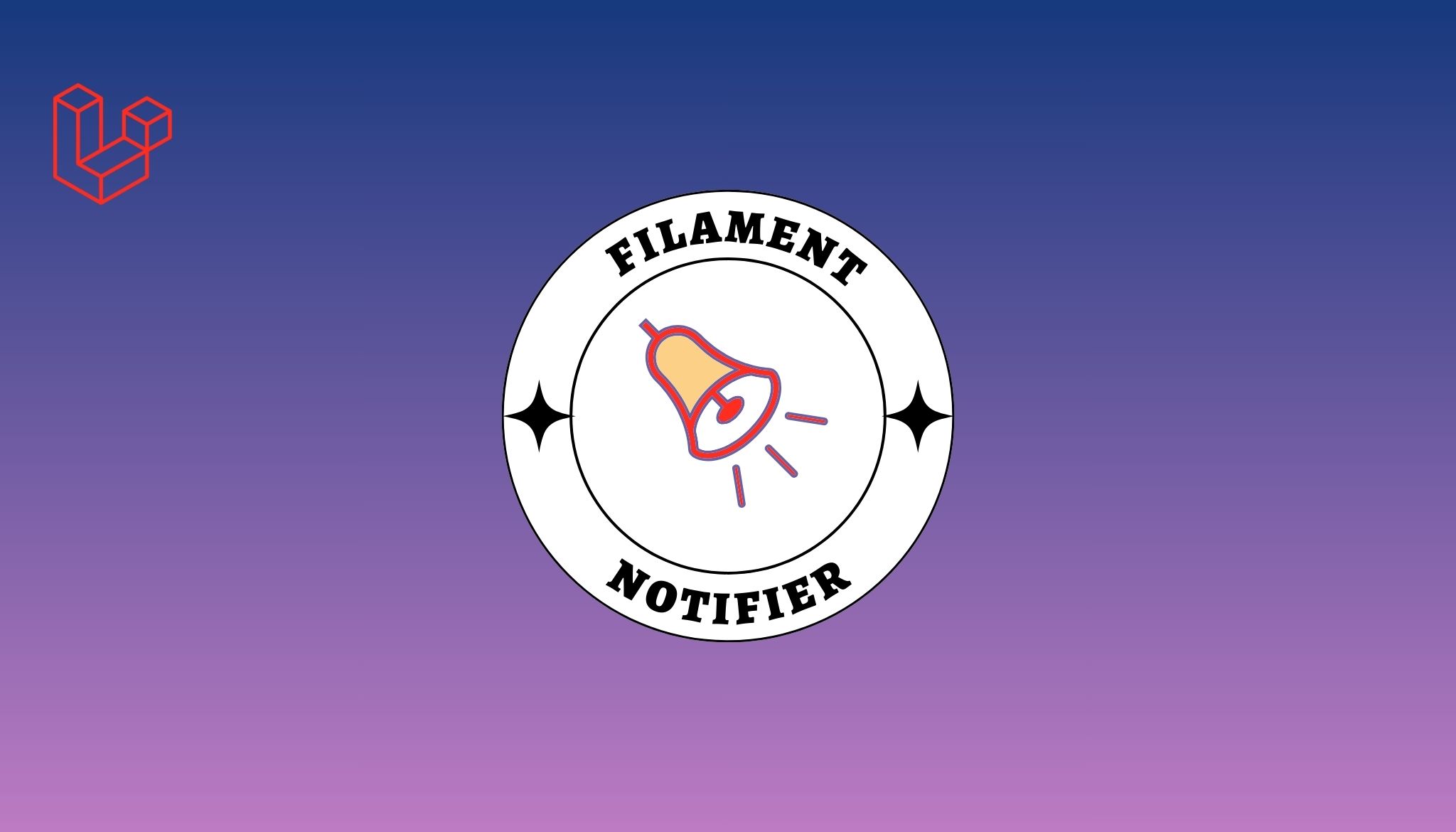Software development is an ever-expanding field, with technology and AI advancing at rapid rates. Every business, new or old, needs to embrace the use of software to continue meeting customer demands and maximizing profits.
When a software application is in development, it goes through a series of standardized stages. Together, these stages are known as the Software Development Life Cycle (SDLC).
Following the SDLC ensures that the resulting software meets industry standards. It also enables software developers to identify potential weaknesses or areas of improvement during the development process instead of making amendments after the software has been released.
So, what is SDLC?Let’s take a deep dive into the various stages of the software development life cycle.
1. Planning
The first stage of the SDLC is planning. Software developers identify their main aims during the planning phase and create a detailed project plan.
With a clear project timeline, the developers can stay on track and within their allocated budget. They can also ensure that they meet the shareholder’s expectations.
Best practices:
- Define the aims of the project
- Identify project requirements and create a project plan
- Establish clear goals, timelines, and budgets
- Ensure all stakeholder’s expectations are met
2. Analysis
The analysis stage revolves around gathering and analyzing data to give software developers a deeper understanding of what pain points the software will solve.
During this stage, developers might research existing software programs to identify their weak areas. The developers can then address these weaknesses in their own software.
Also Read: Phases of product Development
Best practices:
- Gather and analyze data to better understand which problems and pain points the software application will solve
- Identify end user requirements
- Analyze existing software programs to identify their weaknesses
3. Design
During the design stage, developers will create a detailed plan of the architecture of the custom software application. They will create prototypes to test and identify areas to improve. The design stage lays the foundations for the resulting software application, so although it can be time-consuming, it’s important to get it right.
Also Read: Java SDET Job Oppurtunities
Best practices:
- Create a detailed plan for the development process
- Design the architecture of the software application
- Create prototypes to visualize the final software program
Also Read: Types of Software Testing
4. Development
Once the software developershave finalized their program design, they can start coding and building the software application. This stage can involve creating software modules and testing the application as a whole to ensure it is bug-free and error-free.
Best practices:
- Code and build the software application using the previously produced design specifications
- Create and test various software modules
- Test the software application for bugs and errors
Also Read: How to outsource Web Development
5. Deployment
The deployment stage involves releasing the software application to users and providing end-user trainingand support.
Best practices:
- Release the software application to users
- Deploy the software application to production servers
- Provide end-user training
Also Read: How much do Ruby Developers make
6. Maintenance
The final stage of the SDLC is maintenance, where developers work to maintain and update the software application. They may add new modules and features, resolve bugs, and improve security measures.
Best practices:
- Maintain and update the software program
- Fix bugs and errors
- Add new features and enhance cybersecurity
Also Read: Advantages of Custom App Development




